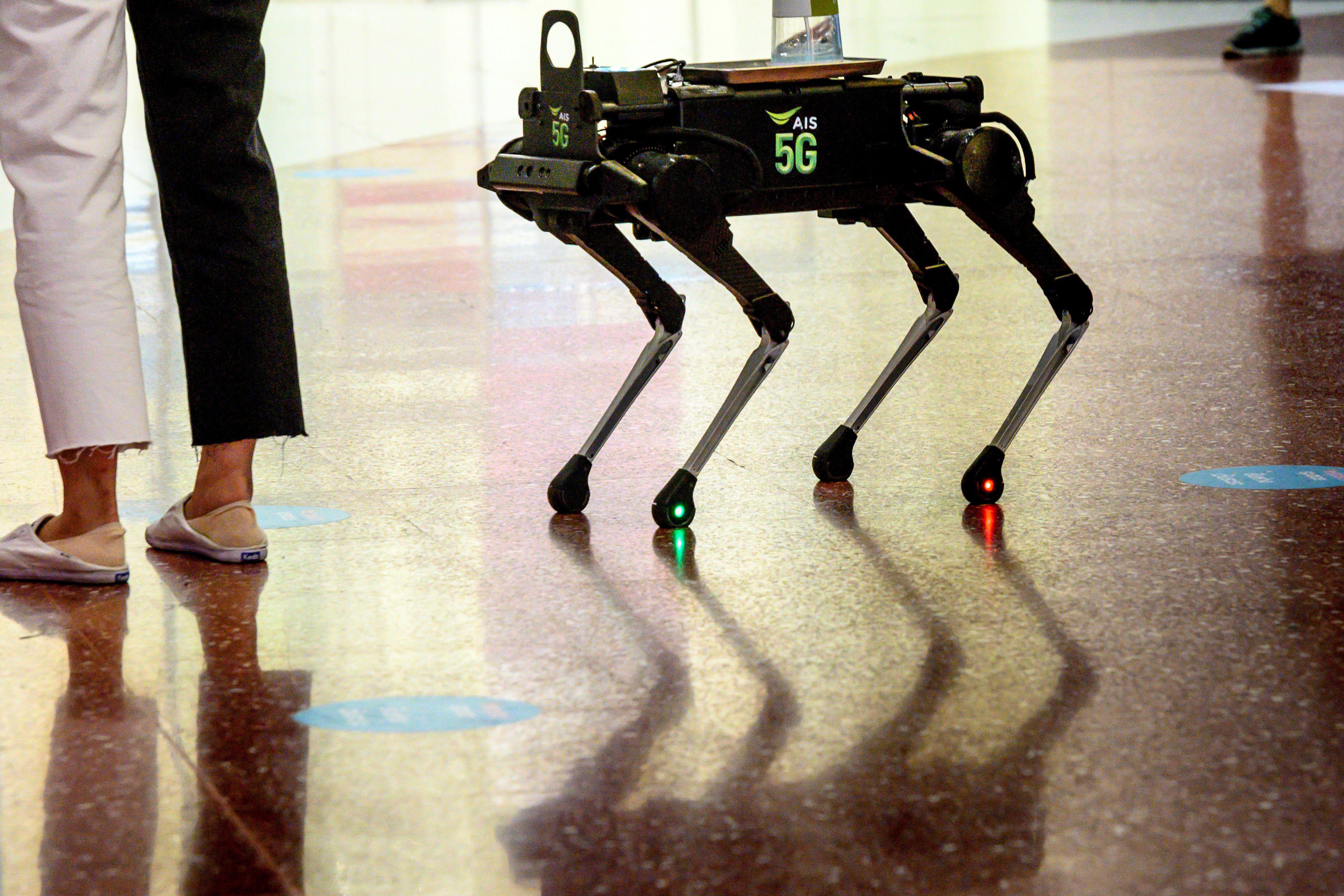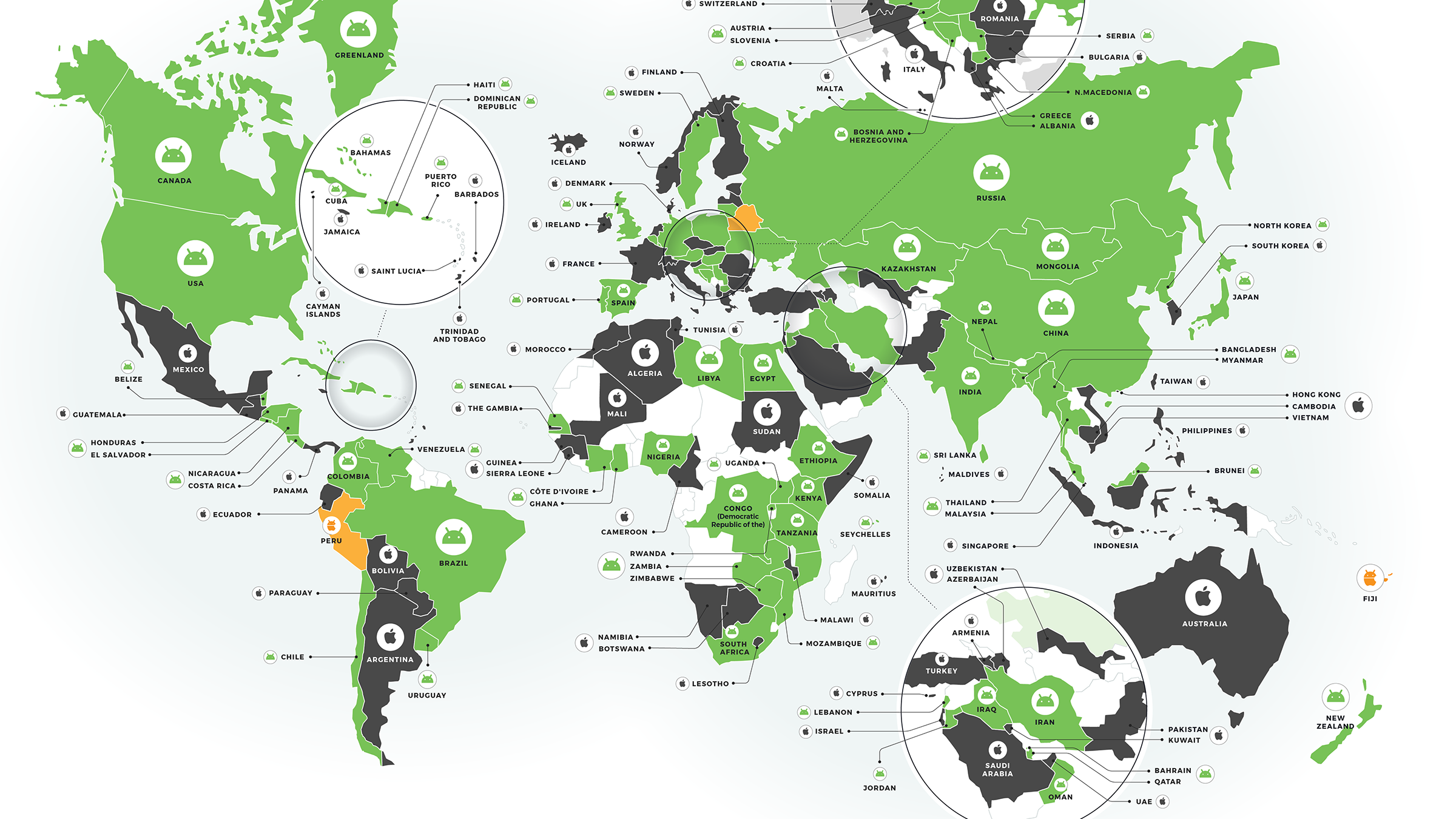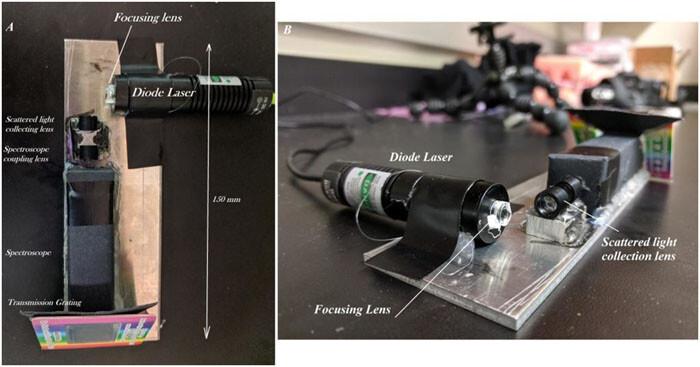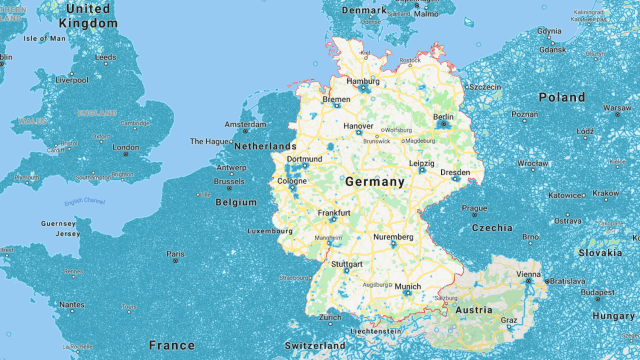Could 5G cause airplanes to crash?
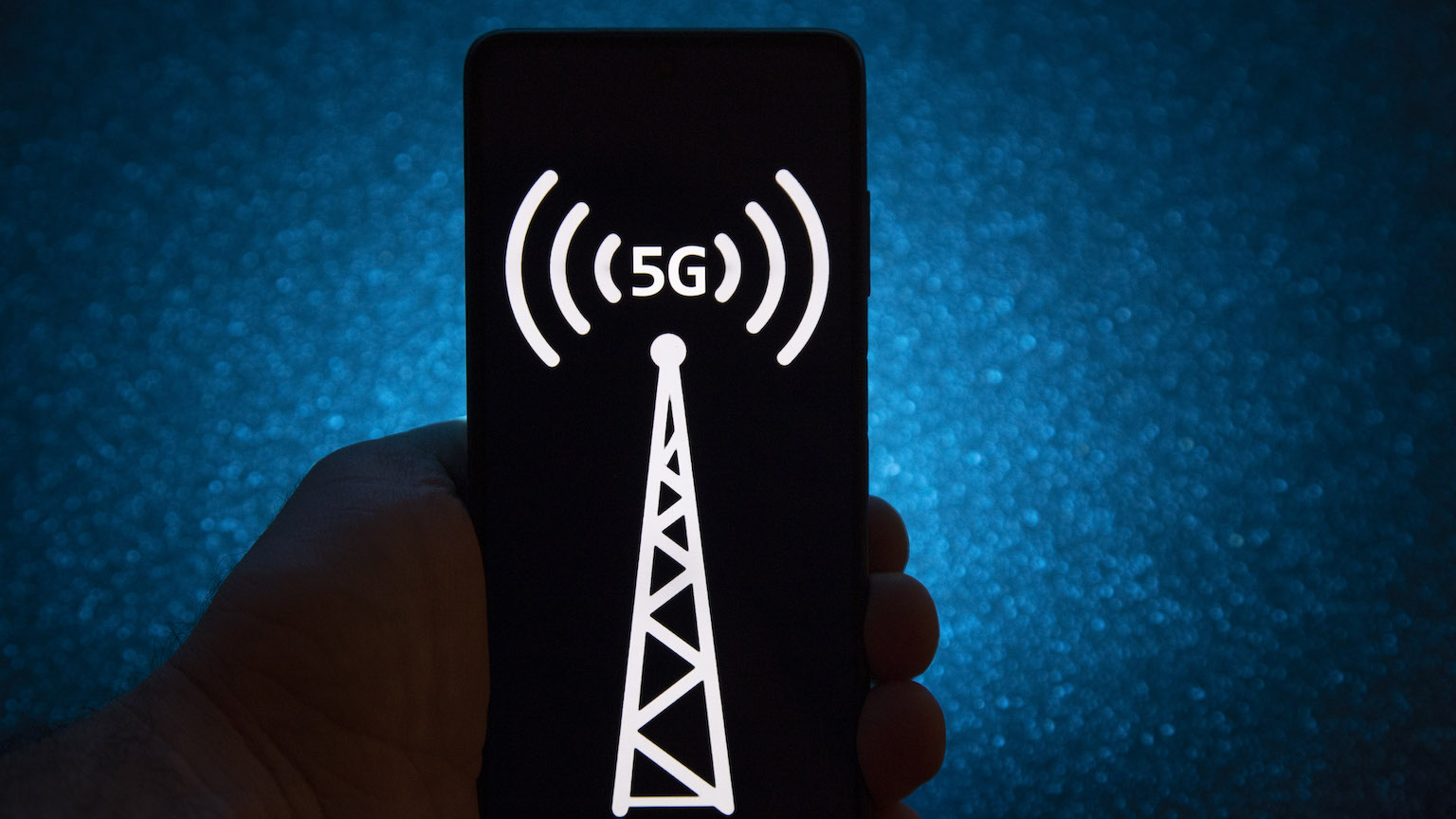
- Invisible new technologies provoke understandable worry and skepticism.
- While 5G technology does not pose a threat to human health or activities, there is some legitimate concern about the technology's interference with important airplane instruments, particularly the altimeter.
- Whether the risk is real or not, fairly simple mitigating measures could be implemented that should remove any concern.
Invisible new technologies provoke understandable worry and skepticism. Humans seem instinctually distrustful of things that we cannot see or easily grasp. Skepticism concerning the electromagnetic wave-emitters and receivers that we carry in our pockets, press against our faces, and use naked in the bathroom is only fair. Generally, these worries can be assuaged by understanding the nature of the radio waves and the knowledge that they carry far too little energy to damage our DNA and too little power to meaningfully harm our tissue.
That said, a potentially legitimate problem has cropped up with new 5G wireless cellular network technology that is currently rolling out across the U.S. To understand what’s going on, we need a brief primer on the multitude of man-made radio waves saturating our skies.
The physics of radio waves
Earth’s atmosphere permits a huge range of electromagnetic waves to carry through the air (propagate) without losing too much of their power. Over the past century, we have learned to send and receive various waves for a wide variety of purposes. Among these are radio frequency waves. You will often hear radio transmissions referred to by their frequency: 1290 AM is 1,290 kHz, or a wave with 1,290,000 up and down cycles per second. FM 98.1 is 98.1 million cycles (MHz). Several bands near 2.4 billion cycles (GHz), 5 GHz, 6 GHz, and 60 GHz carry WiFi.
Radio waves span an incredible 12 orders of magnitude — from three cycles per second up to three trillion cycles per second. Governments slice up this enormous pie of radio waves that into “bands” and auction them off to various bidders. In the U.S., the list of bands looks like this:
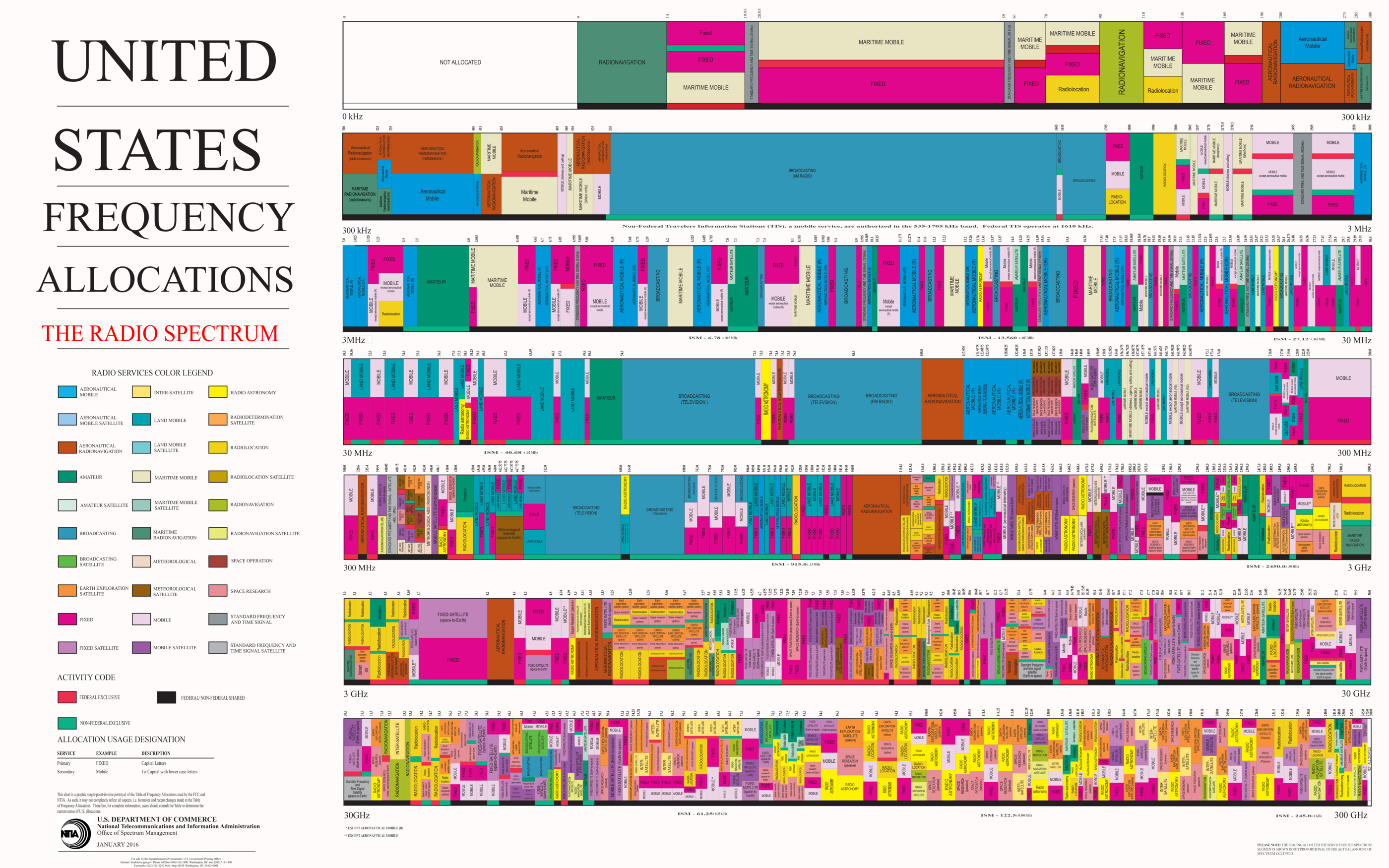
Carving up the radio wave spectrum
Unless you are a radio operator, you have probably never heard of 99% of these bands. When we look at what they are for, however, you will see all kinds of familiar things. AM and FM radio occupy a subset of the spectrum. Old fashioned analog — and now modern digital — television broadcasts use several chunks. Amateur and HAM radio use other bands. Household wireless telephones and microwave ovens occupy a portion, and now so do computer WiFi networks, Bluetooth headphones, and cellular phones.
But those are just the common commercially used bands. Satellite communications, weather alert beacons and stations, frequency checks, time standards, and navigation beacons use others. Maritime and aeronautical radios use more. Military communications use others. Buried deep in the bands are interesting carve-outs for radio-astronomy, amateur satellite communications, and unregulated channels. The reasons why particular bands are applied to particular uses can be stated roughly: the higher the broadcast frequency, the more information it can communicate.
In 2021, the U.S. FCC auctioned off the 3.7-3.98 GHz band to the major cellular wireless companies for a cool $81 billion. This is the band being used to roll out the new 5G coverage. The bands below the new 5G frequencies (3.2-3.7 GHz) are used for satellite communications, cell phones, and radiolocation. The band above it (4.2-4.4 GHz) is reserved for aircraft altimeters and radionavigation equipment. This is where the current controversy comes in.
Airplane altimeters and 5G
Altimeters bounce a radio wave off the ground as the plane flies overhead. A form of radar, altimeters measure the time it takes for a radio wave emitted from the plane to travel down to the ground and back to the plane. The roundtrip time, multiplied by the speed of light, is the plane’s altitude.
In general, receivers of various spectral bands are designed with electronic circuits tuned to resonate with and thus accept only a narrow frequency range of signals. Your radio, tuned to 1290 AM, doesn’t pick up 1410 AM, but might pick up some noise from 1280 AM. This is why there is some gap between bands, so that equipment operating in one band doesn’t pick up bad signal (noise) from a nearby band.
So, here’s the big question: Is the gap large enough between a 3.98-GHz 5G cell service and a 4.2-GHz airplane altimeter to prevent the altimeter from picking up noise and causing a potentially catastrophic improper altitude calculation?
Who’s right? Who knows?
This is hard to answer. In European and some other countries, a larger gap was left between 5G cellular frequencies and airplane frequencies. (Often 5G is limited to 3.7 or 3.8 GHz.) In Japan, however, there is a smaller gap (5G may be carried up to 4.1 GHz). How sensitive a particular altimeter is to other frequencies depends on how well its particular electronics filter out and reject nearby frequencies. It is a technical issue too complex to be resolved by outsiders.
Competing interest groups with differing technical and political charters have weighed in. There is a detailed report, produced by a group affiliated with the airline industry here. There are also stories and infographics in rebuttal, produced by a group affiliated with the wireless industry.
The possibly dangerous frequencies are emitted both by phones and by the towers with which they communicate. However, note that your cellphone is a relatively weak radio transmitter. Phones being used on airplanes are too weak to interfere with altimeters. (More importantly, a wave from your phone would have to travel to the ground and back, causing a huge drop in power in the process, to reach the altimeter.) On the other hand, a cell tower packs a stronger transmitter, and it radiates into space from below, directly up at the altimeter.
A solution to the 5G-airplane problem
For now, the major cell carriers have agreed to temporarily halt 5G cell tower commission near U.S. commercial airports. The eventual solution likely will be relatively simple and painless. Towers built in the vicinity of airports could use frequencies further from those used by altimeters. Their transmission patterns can be shaped and modified to project less power in the directions likely to be spuriously picked up by airplanes. Testing should be performed to experimentally determine whether altimeters see interference in practice.
As of last week, many plane altimeters have already been cleared for landing at airports near 5G towers without further modifications to those towers.
